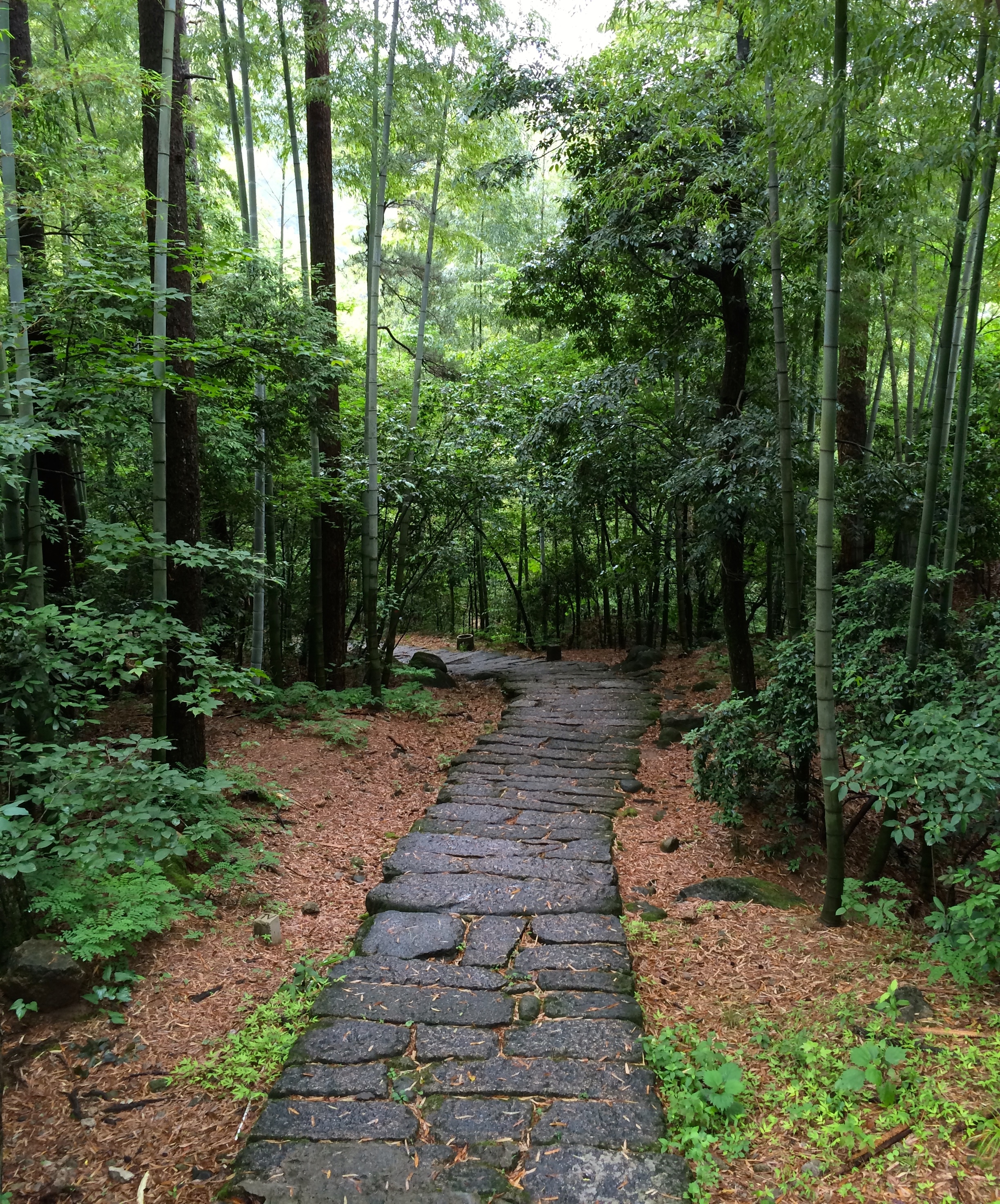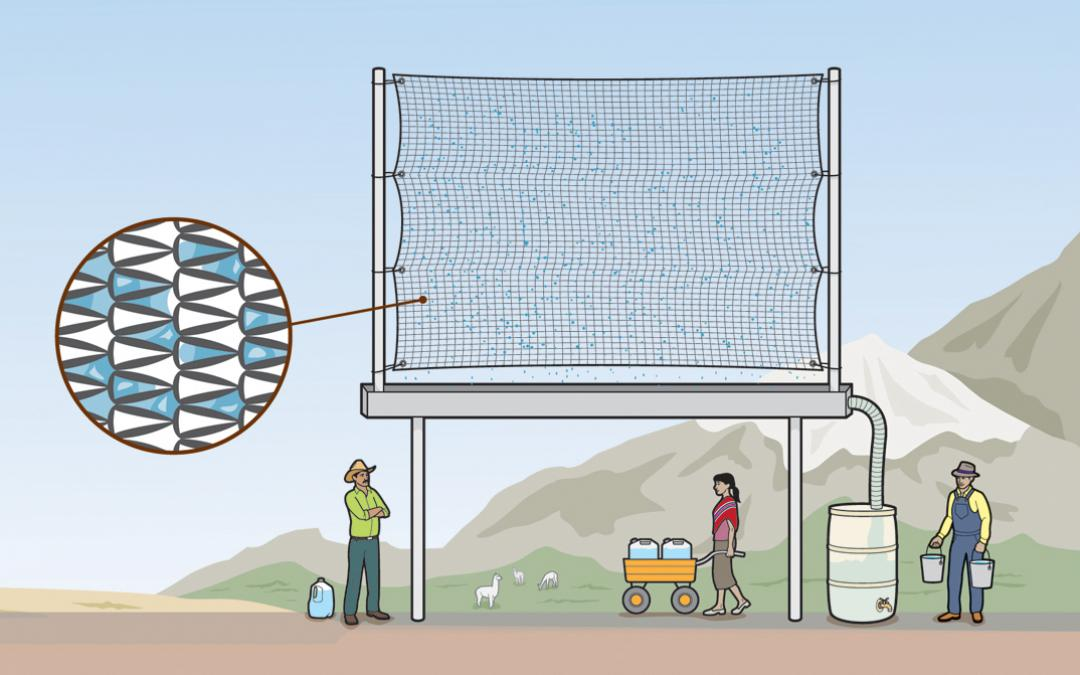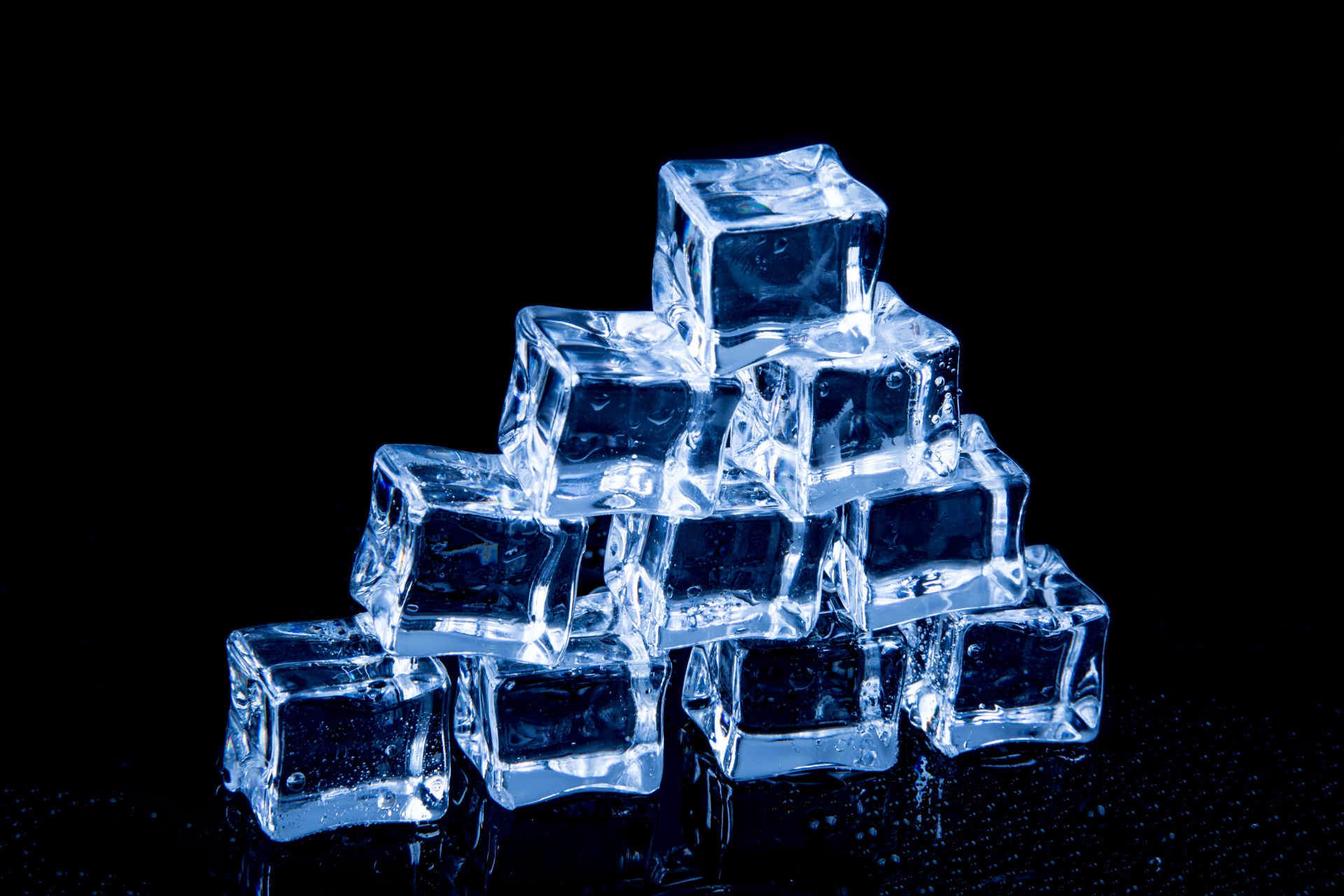Water, water in the air but not a drop to drink.
No, this isn’t just word play on an old cliche, but a natural phenomena which has perplexed scientists and engineers for centuries. You see, there’s a lot of water stored within in our atmosphere. The only problem is figuring out how to get it.
Condensing water out of thin air to quench our thirst might sound like science fiction, but it’s actually not as far-fetched as you might imagine. Anyone who enjoys morning strolls can tell you that dew is the result of moisture condensing onto cold surfaces, and bamboo plants have evolved to take advantage of this occurrence. Humans have been trying to harvest condensation on a large scale since the 20th century with fog nets and other, more amusing structures, but the bamboo plant literally has a trick up its leaves (pun intended) that puts all our best designs to shame.
Young bamboo leaves display a characteristic known as dual wettability, covered in-depth in our video below. Through strategic placement of its water repelling and water attracting regions, bamboo leaves are able to effectively collect dew and channel the droplets off their surface and onto the ground below. Bamboo plants have been watering themselves for millennia thanks to the dual-wettability of their leaves, but it was only recently that a team of scientists from the University of British Columbia have figured out how. With the help of an electron microscope, UBC researchers were able to determine that the leaf’s microscopic surface played a key role in attracting or repelling water.
Current fog harvesting methods operate under the same principle of condensation, but use nets instead which lack the dual wettability characteristic of bamboo leaves. Fog harvesting projects are located worldwide, and a single fog net produces an average of 200 liters of water per day. Dr. Reinhard Jetter, leader of the UBC research team behind this discovery, believes that the microscopic surface structure of bamboo leaves can be recreated through modern technology and applied to fog nets in order to improve their efficiency.
The atmosphere holds 12,900 cubic kilometers of water and every day another 1,170 cubic kilometers of water evaporates into the atmosphere thanks to the power of our Sun. Though this is literally and figuratively a drop in the bucket compared to water sources worldwide, this is more than enough to provide clean water for human consumption in areas of the world where other sources of fresh water are inaccessible. Perhaps in the near future, bamboo poles sporting artificial bamboo leaves will provide water relief to parched regions. Just when we thought that we couldn’t find another use for bamboo, nature surprises us again.
SCIE 300-211 Group 4
Blog – CK Wong
Video – Kevin Chao, SiZhen She, Anna Tam
Podcast – CK Wong, edited by Kevin Chao





